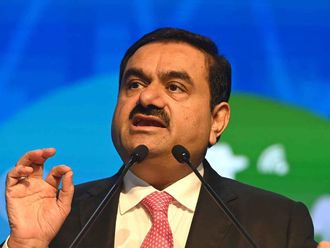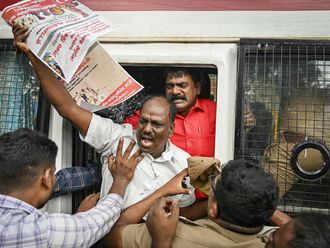
Manila: The Philippines, one of the world’s top rice buyers, plans to import 330,000 metric tons of rice this year to boost an anticipated decline in its stockpiles.
The National Food Authority has proposed that the rice imports be done through a government-to-government deal, either through the office of President Ferdinand Marcos Jr. or its designated agency, Marcos’s communications office said in a statement late on Thursday.
Marcos, who’s also the agriculture chief, had met with agriculture officials to discuss supply and prices of the national staple which is a key component of inflation that hit a 14-year high in January before cooling to a six-month low in March. “In terms of the general supply for the country, I think we are in good shape and although we still have to import, our importations have come down,” he said.
Fill production gaps
The Philippines is one of the world’s biggest rice producers, but it usually buys from major suppliers like Thailand and Vietnam to help fill production gaps caused by typhoons. Pricing in supply and demand for this year, the country’s buffer stock would be at 1.69 million metric tons, equivalent to 45 days or half of the ideal inventory, according to the statement.
Agriculture officials have said rice imports this year will likely reach around 2.5 million metric tons, from about 3.5 million metric tons last year.
Only private traders are allowed to import rice subject to a tariff under a law passed in 2019, which removed the import licensing function of the National Food Authority. So far, private traders have brought in 790,449 metric tons into the country, the statement said.
Agriculture Undersecretary Mercedita Sombilla said in a mobile-phone message that government-to-government imports of rice is only allowed with a “declaration of a supply emergency,” and to be coursed through another agency, the Philippine International Trading Corporation.
Current rice harvest is “good and prices are also good,” Agriculture Undersecretary Leo Sebastian said in a separate mobile-phone message. Sebastian said he expects output to rise this year with prices of inputs including fertilizer also dropping.
Marcos said he’s confident there won’t be a shortage in rice supply and that the government is looking at ways “to control prices so they won’t go up too much.”











